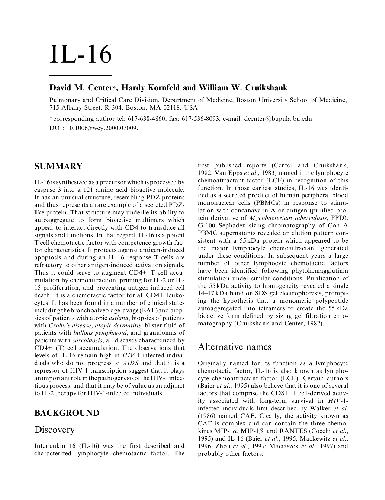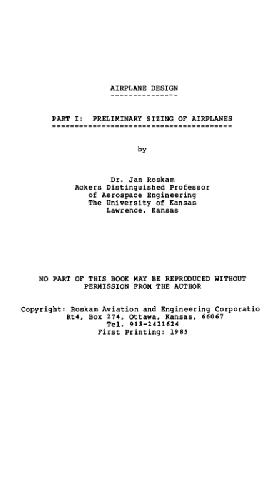Center D., Kornfeld H., Cruikshank W.
[L-16issynthesizedasa precursor which is processed bycaspase 3 into a 121 amino acid bioactive molecule. It has an unusual structure, resembling PDZ proteins and thus represents a rare example of a secreted PDZ-like protein. That structure may underlie its ability to autoaggregate to form bioactive multimers which appear to interact directly with CD4 to transduce all signals and functions. In that regard. IL-16 is a potent T cell chemotactic factor with competence growth factor characteristics. It protects against antigen-induced apoptosis and during an IL-16 response T cells are refractory to other antigen-induced activation signals. Thus it could serve to augment CD4+ T cell accumulation by chemoattraction. priming for IL-2 or IL-15 proliferation- and preventing antigen-induced cell death. It is a chemotactic factor for all CD4+ leukocytes. It has been found in a number of clinical states including the bronchoalveolage lavage (BAL) and biopsies of patients with atopic asthma, biopsies of patients with Crohn’s disease, atopic dermatitis, blister fluid of patients with bullous pemphigoid, and granulomas of patients with sarcoidosis, all diseases characterized by CD4+ (T) cell accumulation. The observations that levels of IL-16 remain high in Я/К-1-infected individuals who do not progress to AIDS and that it is a repressor of HIV-1 transcription suggest that it plays an important roleinthepathogenesisoftheH IV-1 infectious process, and that it may be of value as an adjunct to IL-2 therapy for HIV-1-infected individuals. | |







Reviews
There are no reviews yet.